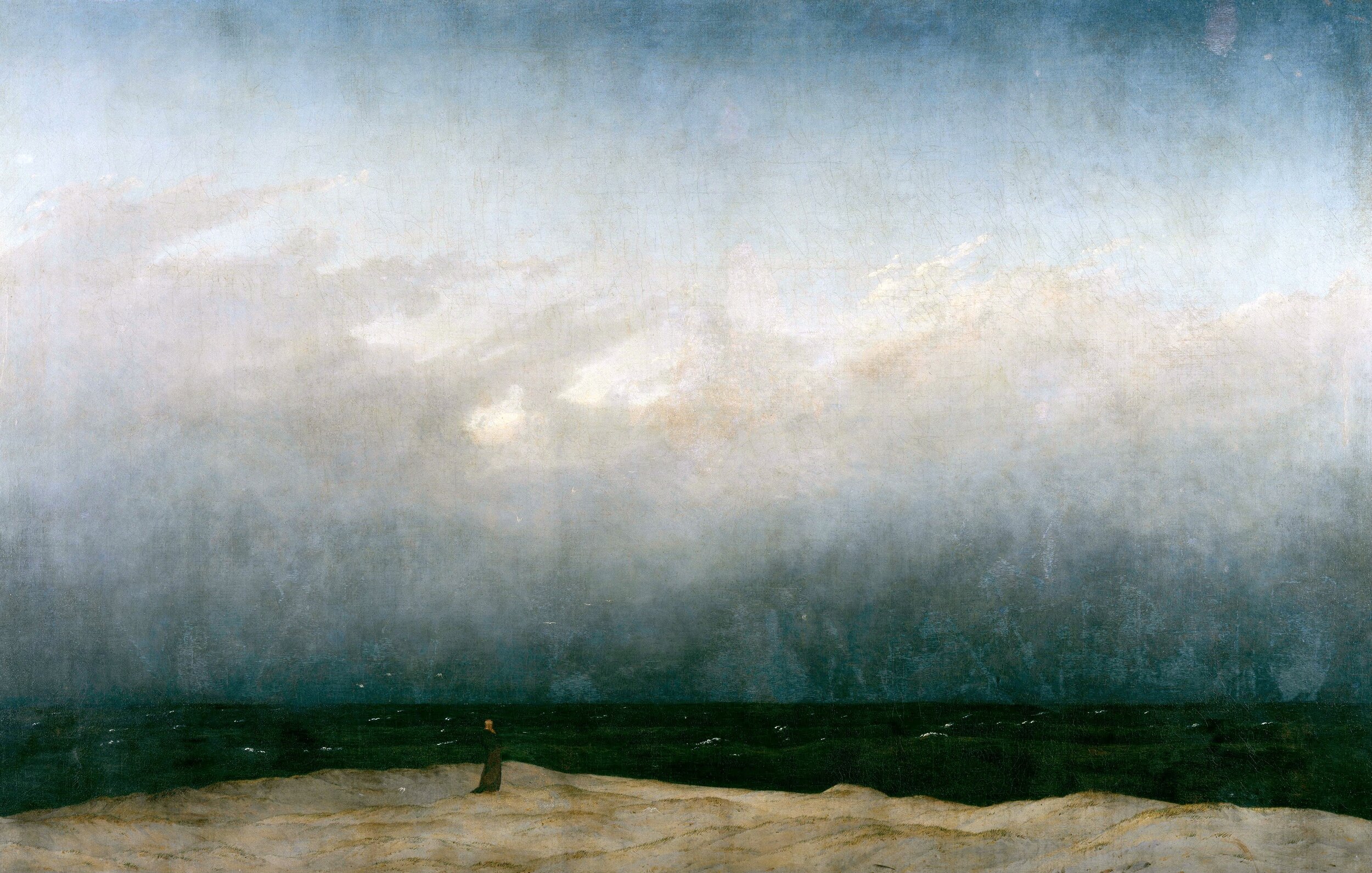The Bonnard Exhibition at the National Gallery of Victoria is a revelation in curation. The gallery engaged the services of award winning architect and designer India Mahdavi to create a “unique and immersive scenography” for their 2023 Winter Masterpieces exhibition. In fact, the full title of the exhibition is “Pierre Bonnard: Designed by India Mahdavi.”
(Geoff Harrison)
Iranian born, but now based in Paris, Mahdavi produces immersive environments around the world for exhibitions and restaurants. In her studio, she endeavors to merge the worlds of architecture, interior design, furniture design, fashion and exhibition design. Initially, Mahdavi wanted to be a film maker, but the opportunities in Paris for women were very limited so she decided to study architecture instead. She then went to New York and took classes in product design, graphic design and furniture design which introduced her to something “more tactile, more emotional.”
(Peta Tranquille)
Her work is closely aligned with the film industry. “Many of the environments I create are very cinematic….they are saturated with life…” She explains her objectives thus, “In general, I think that your environment has an impact on your mood, right? I like to bring a sense of joy and happiness to whatever I do, because it puts you in a good mood. So really, that’s my approach, in general.”
Mahdavi’s “scenography” certainly succeeded with the current exhibition as I have never been able to entirely understand Bonnard as an artist, yet I thoroughly enjoyed the experience. As is often the case when I struggle to appreciate an artist, I turn to that excellent critic, Robert Rosenblum. By the 1880’s, some artists were looking for more in their art practice than merely recording the landscape as an objective. The impressionists were becoming passe for many artists who wanted to explore the psychology behind a scene, that is; what can be seen behind closed as well as open eyes. They wanted to evoke nuanced and nameless emotions in their art using a wide variety of techniques - flat bold colour with clear outlines in some cases (Gauguin for instance), or hazy darkness in others.
Bonnard, Twilight (The Crocket Party), 1892, 130 x 162 cm (Pubhist)
Pierre Bonnard and Edouard Vuillard have been dubbed the Intimistes for their depictions of domestic scenes infused with a “mysterious, elusive sensibility.” In this exhibition you can see how Bonnard’s technique evolved over time. His early scenes are viewed through a tapestry of patterns and textures which blend in with the physical elements of the scene. Later in his career, Bonnard seems to have abandoned this technique entirely.
Bonnard, Man And Woman 1900, 115 x 72.5 cm (Wikimedia Commons)
One striking aspect of this exhibition is how the artists appear to break all the rules of composition, yet come up with paintings that still work. A classic example is Bonnard’s “Man And Woman” from 1900, in which a screen divides our view and perhaps sets up a duality of male and female. It gives a charge to a scene that might otherwise be regarded as one of quiet domesticity.
Vallotton, Dinner By Lamplight, 1899, 57 x 90 cm (Wikiart)
But it’s the ‘support acts’ of this exhibition that add extra enjoyment, especially the paintings of Felix Vallotton - two in particular which appear in a catalogue of the Musee d’Orsay that I have always wanted to see first hand. One is “Dinner By Lamplight” from 1899 in which we see the menacing silhouette of the artist himself in the foreground and his step-daughter in the distance. Apparently, Vallotton was a master wood engraver, hence the strong colours and outlines. Rosenblum refers to the “Halloween-like spookiness” of the scene.
Vallotton, Poker 1902, 52.5 x 67.5 cm (Paintings In The Musee D'Orsay)
The other painting is “Poker” from 1902. A large empty table dominates the scene and suggests that dinner is over and a card game is the aftermath. There is a theatrical element to this scene which is illuminated by the same intense, even eerie lamplight.
“Pierre Bonnard: Designed by India Mahdavi” is on at NGV International and runs until 8th October.
References;
NGV Magazine
“Paintings Of The Musee D’Orsay - Robert Roseblum
Hello, my name is Geoff. You may be interested to know that I’m a fulltime artist these days and regularly exhibit my work in Victoria, but particularly in Melbourne. You may wish to check out my work using the following link; https://geoffharrisonarts.com


















